Language: Español
What does governance have to do with group decision making?
Group decision-making is part of governance. Governance is more than decision-making – it is the way we run groups, who gets what information… basically the the operating system of the group or organization. We know, ‘governance’ doesn’t sound very appealing. It sounds dry and reminds us of governments and marble halls. What does it have to do with you? Quite a lot, actually! Are you part of a group? Does that group make decisions? Then this matters.
Wherever groups make decisions together, we always need to answer these key questions:
- Who makes what decisions?
- How do we make decisions for the group?
A familiar organization
Let’s look at an informal ‘organization’ that we are all familiar with – a family. Families make a lot of decisions: how to spend money, what to have for lunch, how to spend Saturday mornings, who is allowed to do what. Traditionally, many families are autocratic organizations run by the parents. But that’s not the end of it. There are still big governance questions – what if one parent says yes and the other says no? What if the parents are elders and need care themselves and can’t rule anymore? What if there is a divorce? Can the step-parent tell the preteen that wearing sandals in the snow is not ok? These are very real questions. And dozens of decisions like that are made by everyone every day, no matter whether we call it “governance”.
In that way, governance is not restricted to board rooms or the senate. And democracy is not the only way to make decisions – there are better alternatives to democracy! This article introduces a governance method called sociocracy – you can think of it as a better way for groups to make decisions.
In this article:

Governance: a part of all group decision making
Once you look at it, the governance issues, in every group, and on all levels, are often the same. Someone needs to decide somehow. The decision-making systems we use in our groups shape our lives profoundly – yet we hardly ever slow down to question how we run ourselves.
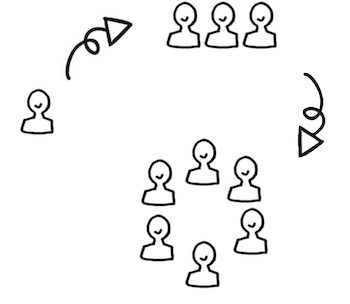
We tend to think that things are the way they are. But not everything we accept as normal makes sense. For example, most western societies don’t trust autocrats anymore – but for private businesses, we find it normal that a CEO rules like a king! Another example, democracies hold up voting as the gold standard. But let’s say a family wants to plan a vacation. One child and one parent want to go to art museums in Paris. One parent and two children want to fly to Turkey to go to the beach. It comes to a vote, 3-2, and two people have to build sandcastles instead of seeing the Louvre. That’s what we consider fair. But is it? It doesn’t seem fair.
So, how can you improve your group decision-making?
Group decision-making without a system
Some say it’s better not to have any system because all systems or methods will carry biases. While I agree, not having any acknowledged system often gives rise to backroom decisions, unquestioned power and quite a bit of friction due to the lack of clarity. And after all, not making a decision is also a decision. Therefore, any governance form we choose (or don’t choose) is a choice.
Governance systems are all social constructs. We are simply more used to some than to others. We weren’t born knowing about ballots or the rules of parliamentary debate! When we think of the divides running through many nations, the abuse of power in organizations – are all related to governance, making it one of the core issues of our time.
Decision-making also shapes our group culture. For example, it has been found that the decision-making method determines how much equality there is in the conversation leading up to the decision. When we make decisions by voting, men will talk more than women. When we work by consensus, there’s more equal participation. (source)
In this way, governance systems contribute to our culture more than most of us are aware. The good news here is that, with a good system, we can significantly improve the culture and fairness of our decision-making processes.
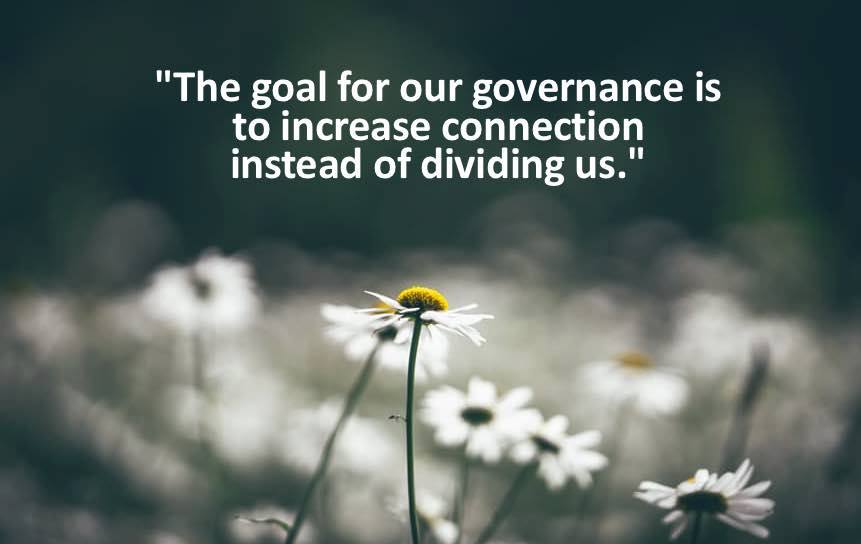
So, what’s sociocracy?
After evolving to its current form in the 1980ies, the intention of sociocracy was to design a set of governance tools that would give groups a chance to organize and make decisions in a more empowered, flexible way. It was inspired by natural systems. It balances effectiveness and equal voice – the desire to move forward towards the group’s mission and making sure every voice can be heard in the process.
People are interested in sociocracy because they want to make their organizations more human and improve their group decision making. Sociocracy is currently used in for-profits, non-profits, coops, schools, communities, and unincorporated projects. They often combine it with Nonviolent Communication, Agile, and various forms of personal and organizational growth.
How group decision making works in sociocracy
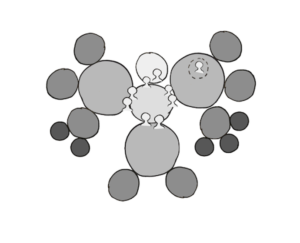
Who decides?
Everything that needs care in an organization is divided into domains. Each domain is taken care of by a group of people (called a ‘circle’).
For example, a membership circle takes care of the membership domain, making decisions and policy about members and membership. A Website Circle makes all the decisions about the website domain. A Marketing Circle takes care of the marketing domain and makes all decisions and policy needed along the way. Makes sense, right?
Note that these circles actually have all the authority (and responsibility!) in their domain. The Website Circle doesn’t need to ask anyone for permission on their decisions on the website. There is no central power making decisions while the rest just carries out as they are told. That’s why we call this system decentralized or distributed authority. All we need to do is make a system so we can decide who decides and then many people can make many decisions in many different places.
Why isn’t there just chaos?
Many people making many decisions independently might sound like chaos. But there is no chaos because we know exactly which circle or individual is responsible for decisions in each domain. And we know exactly how each piece of the whole relates to the others.
To make sure all the related groups can keep each other in the loop, we have a special way of connecting two circles. Two circle members are chosen to be part of both so they can tell one circle what the other is doing and vice versa. That way, all activities can be aligned and form a whole. Even better, those two “links” are chosen by the circles themselves.
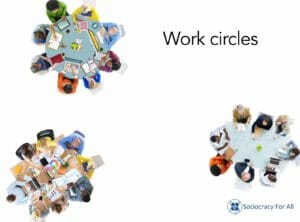
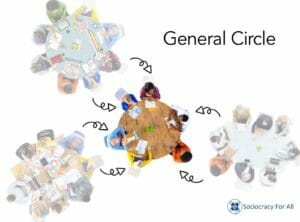
How do groups make decisions in sociocracy?
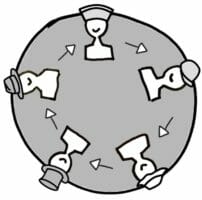
Here is how we don’t make decisions: we don’t talk forever, we don’t vote, we don’t control people. Then, how? Thanks to the circle structure, everything fits into neat, bite-size boxes. That allows us to make decisions in small groups which makes it easier to hear each other. To ensure everyone takes time to listen, we talk in rounds: one person speaks at a time, one by one. Since you know you will get your turn, you can actually listen to everyone else.
After all members of a circle understand a proposal, they decide by consent:
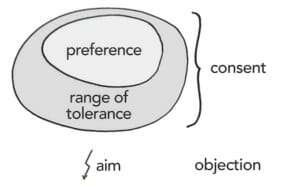
- Consent means you can work with the proposal and are willing to move forward, either because it’s your preference or something you can work with.
- An objection (no consent) points to something in the proposal that isn’t good enough yet, for example when a new policy would have unintended negative consequences somewhere else that need to be addressed somehow. Instead of arguing, we focus on the purpose of the group and find the best solution that aligns us with our mission.
We even chose each circle’s leaders and facilitators by consent — only when there is no objection, may the person fill the role. That has the desired side-effect that only those who are trusted in the organization end up in leadership and linking positions. Instead of rewarding and promoting the loudest voices, collaboration and listening become the new culture.
Pros and cons of sociocracy for group decision making
The best thing about sociocracy is the clarity it brings. Sociocracy is efficient, transparent and doable. It’s also low-drama. We also think it leads to decisions that are more aligned with your values.
Rounds are another personal favorite! They help me listen better to my peers and colleagues. And I can be sure my peers hear me out when it’s my turn to speak. As a result, we all get to know each other better and build more trust. Things don’t feel as rushed, heated, scattered or defensive. Meetings are calm, focused, and there is flow.
In a way, sociocracy is a very common-sense way of being and working together. Yet, you have to be willing to reconsider how you do things in your group decision making process. You have to be willing to learn. For some, it’s a learning curve. Others just say “this is exactly what I have been looking for all my life! Why didn’t anyone tell me this 20 years ago?!”
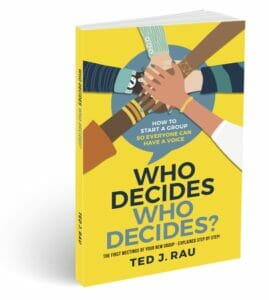
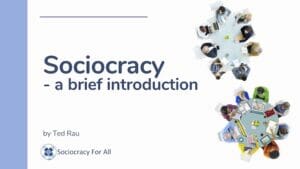
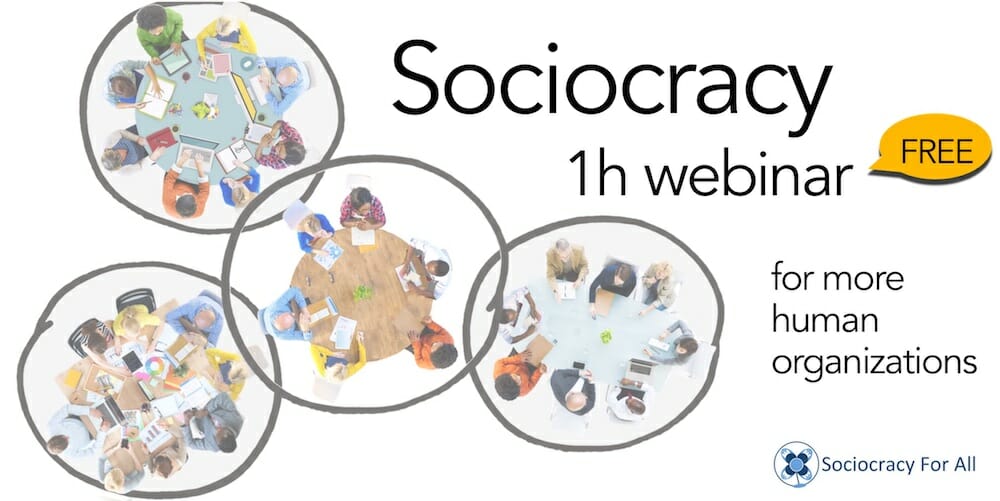



Leave a Reply
You must be logged in to post a comment.